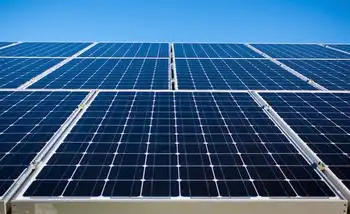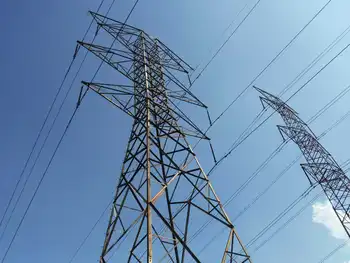Bangor Hydro puts in request for stimulus funds
By Business Wire
Protective Relay Training - Basic
Our customized live online or in‑person group training can be delivered to your staff at your location.

- Live Online
- 12 hours Instructor-led
- Group Training Available
More than $3 billion will be awarded by the U.S. Department of Energy in a competitive process for Smart Grid investments. The grants will fund up to 50 percent of the qualifying projects.
“Smart Grid investment is increasing at a rapid pace in the United States, due in large part to recent US Economic Stimulus Funds,” said Kim Wadleigh, Vice President of Distribution Operations, Information, and Support Services. “These funds will make it possible for Bangor Hydro to accelerate its plans to equip customers with the tools and information to make better-informed decisions about their electricity consumption and how to better manage their total energy bills.”
If awarded funds, Bangor Hydro will be implementing rate trials that involve dynamic supply pricing for participating customers. Those who participate in these trial projects will be able to view their electricity usage through a web portal or select in-home display equipment and manage costs by lowering electricity consumption during peak pricing time periods.
According to Gradon Haehnel, Manager of Rates, customers who participate in the dynamic supply rate trial will see higher prices during peak time periods and lower prices during off-peak time periods.
“We believe that our customers will shift their electricity usage to off-peak time periods to take advantage of lower cost supply prices, and conserve more electricity when they have detailed information about how their individual electric appliances or circuits are actually using electricity. There is a lot at stake here with significant opportunities for savings,” said Haehnel.
“An additional benefit to lower off-peak pricing,” noted Haehnel, “is the opportunity to use new electric technologies for home heating. These new efficient technologies can play a significant role in reducing carbon dioxide emissions.” He said that in Maine approximately 80 percent of homes heat with oil. As a result, Maine has the highest carbon dioxide emissions per capita in the U.S.
Because MaineÂ’s electricity supply portfolio is heavily weighted with renewable power, electric heating technologies combined with proper home weatherization will play an important role in reducing carbon emissions.
“Home heating alternatives are really developing as a vibrant and competitive marketplace in Maine and we believe that new electric technologies, such as heat pumps and thermal storage, will not only allow customers to lower their overall heating costs, but also reduce their respective carbon footprint, “ says Haehnel.
If approved, Bangor HydroÂ’s project is expected to be completed over the next three years.











